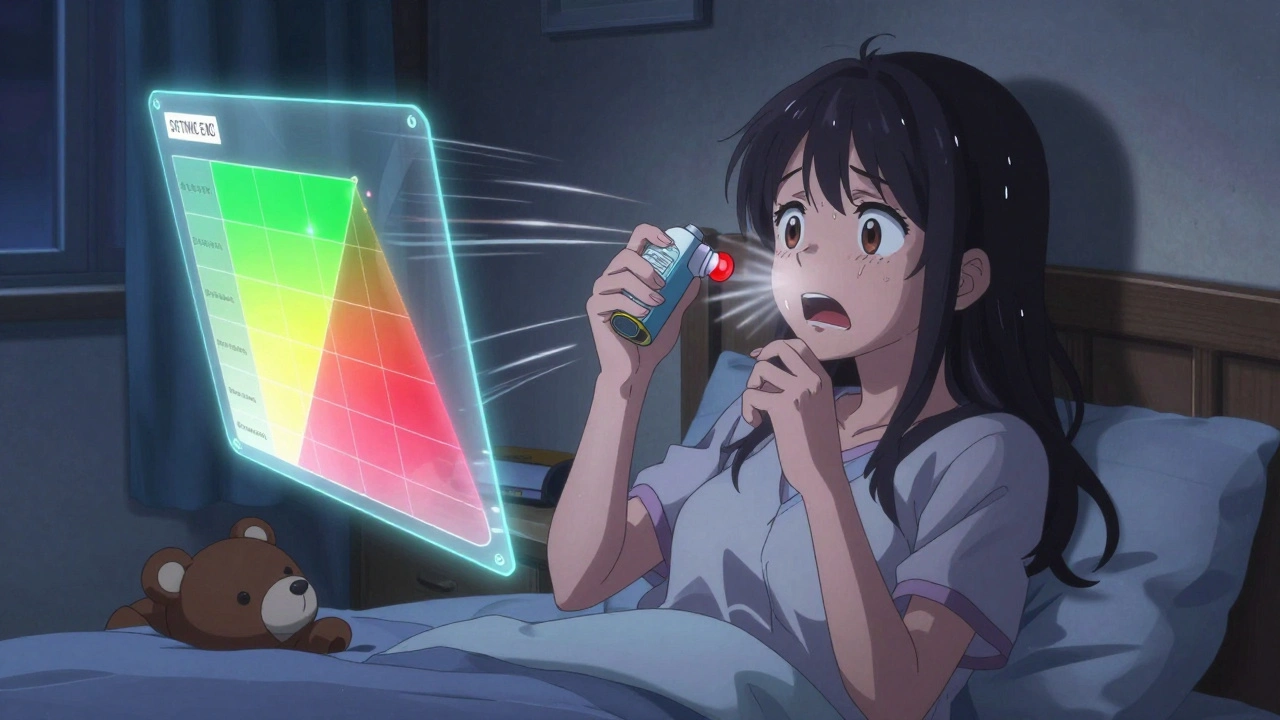Cannabis Genetics: What Shapes Strains and Traits
Want to know why some cannabis plants smell like citrus and others hit harder? It comes down to genetics — the DNA that decides cannabinoid levels, terpene profile, growth shape, and how a plant reacts to its environment. You don’t need a lab to use genetics to your advantage; a few clear ideas will change how you pick seeds, select parents, and read plants in the grow room.
How Traits Pass Between Plants
Cannabis traits come from two places: genotype (the genes the plant carries) and phenotype (how those genes show up in real life). Genotype is fixed, but phenotype depends on light, nutrients, stress, and temperature. That’s why two cuttings from the same mother look identical while seeds from the same parents can vary a lot.
Basic genetics: dominant genes often appear in first-generation offspring, while recessive traits may hide for generations. Many traits — like THC/CBD ratio or leaf shape — are polygenic, meaning several genes influence them. That makes outcomes less predictable but gives breeders room to fine-tune things over several generations.
Landrace strains (local, heirloom varieties) are valuable because they carry stable, unique genes shaped by a region’s climate. Hybrid strains mix those genes, offering new combinations of flavor, effect, and yield. Knowing a strain’s lineage helps predict key traits before you grow it.
Simple Breeding Tips for Growers
Pick clear goals: do you want potency, terpene profile, yield, or easy growth? Choose parents that already show those traits reliably. If both parents consistently flower early, their seeds likely will too. If one parent has a rare terpene you want, use it as the mother to keep that trait stronger in the first generation.
Keep records. Note parent IDs, flowering times, leaf patterns, smells, and any stress responses. After the first seed run, select the top 10–20% that meet your goal, then use those as parents for the next cycle. Repeating selection over 3–5 generations stabilizes traits.
Use simple selection methods: clone the best phenos to test stability, or grow siblings under the same conditions to compare. Don’t rush—stabilization is about consistency, not speed. Small changes in light or nutrients can make a stable gene look unstable if you aren’t careful.
Watch the basics in the grow room. Genetics set the ceiling, but environment determines whether plants reach it. Strong light, steady nutrients, and good air circulation let genetic strengths show up. If a plant underperforms, determine whether it’s genetics or grow conditions before discarding it.
Curious about breeding but short on time? Start by buying seeds from reputable breeders, try a few crosses, and keep what works. Over time you’ll learn to read plants and make simple, effective breeding choices without complicated tools.
Stealth Cannabis Growing: Best Low-Odor Genetics for Discreet Harvests
Looking to keep your cannabis cultivation under the radar? This article digs deep into the world of stealthy marijuana genetics, revealing which strains offer less detectable scents and how to maximize discretion in your grow. Learn real-world tips, discover facts about terpene profiles, and find the latest info on low-odor genetics perfect for apartment balconies, shared houses, or anyone operating in a nosy neighborhood. We cover science, savvy tactics, and proven advice for growers—whether you’re a rookie or a longtime cultivator.






